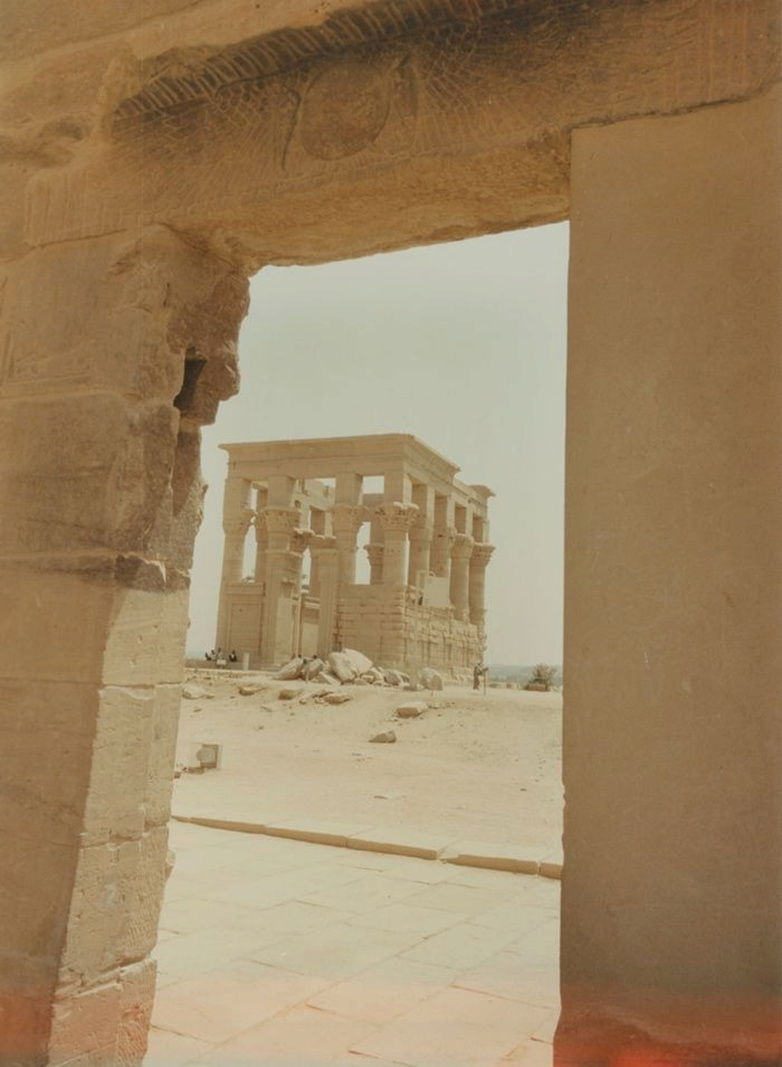?Herodotus's wondrous journey in Egypt... How did it shape the beginnings of the West's interest in the Pharaonic civilization

One sunny day in 450 B.C., an intrepid author and historian named Herodotus set out by boat from the Nile River Delta, where the Pyramids of Giza and the Sphinx on its southern rim loomed on the horizon. Little did he know that he was about to spark an obsession with Egypt that would last 2,500 years.
Herodotus's sea voyage took him to Thebes, the capital of the New Kingdom in Upper Egypt (currently Luxor), where he admired the Karnak temples, one of which extended to 100 times the size of the Parthenon of Athens, and visited the Colossi of Memnon, two huge statues of Pharaoh Amenhotep III, and ascended to the tombs of the Valley of the Kings by means of a torch. His final stop is about 550 miles from Cairo, Elephantine Island near the Aswan Waterfall.

Herodotus' account of the voyage, which takes up much of his groundbreaking Histories, was filled with stories of mummies and temples dedicated to jackal-headed gods and, in later years, travelers would arrive with Herodotus' scrolls tucked under their armpits to follow in his footsteps.
This flow became a flood in the first two centuries AD, when Egypt became part of the Roman Empire and its tourism industry was born. One thousand five hundred years later, the same path was followed by Napoleonic scholars whose romantic drawings of sand-covered ruins inspired a passion for all things Egypt in the early nineteenth century. According to the American Wall Street Journal.
This was echoed in the nine-month tour by 27-year-old Gustave Flaubert in 1850, and in the exploits of Victorian archaeologists who roamed the deserts such as Agatha Christie following them on her first visit in 1910.

The world had already succumbed to a severe bout of Egyptomania following the discovery of Tutankhamun's tomb by British archaeologist Howard Carter. High society in Hollywood and New York in the 1920s also became obsessed with the Pharaonic style, emulating its architecture, costumes, scarab brooches, snake belts and hieroglyphic bracelets while... He dances to new songs like "Cleopatra Has a Jazz Band" or "Old King Tut."
The year 2022 is considered an important year for Egyptologists, as it coincides with the centenary of Carter’s discovery of the tomb of King Tutankhamun, and the second centenary of the decoding of hieroglyphs by the French scientist Jean-François Champollion in 1822 by comparing the writings of Rosetta Stone in three languages.
Source: websites

